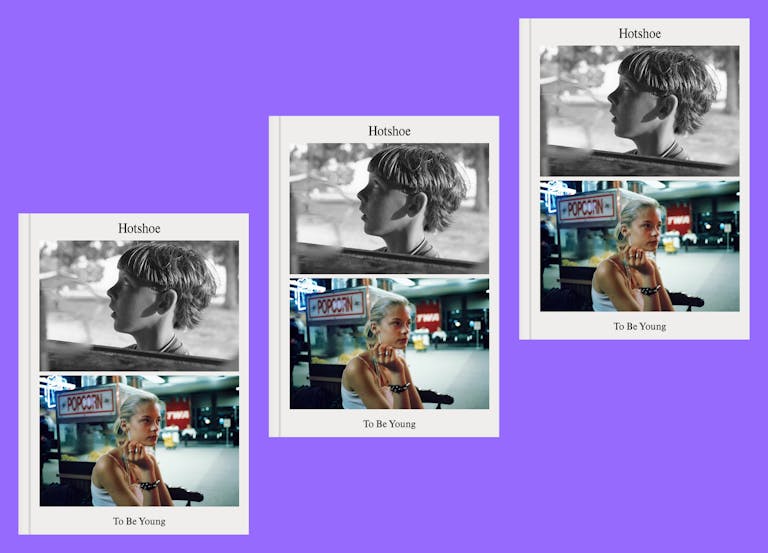Magic Carpets
A new issue of MacGuffin is cause for celebration. All about ‘the life of things’, this is a magazine devoted to underappreciated household objects — the sink, the bed, the cabinet — and their secret wonder. The ninth issue is themed ‘The Rug’ and it is a lush, textural delight; the inside cover provides one of the most stunning images: a dog, almost entirely camouflaged by a fabulous brown, shaggy rug.
Featuring stories of Palestinian weavers, Magic Carpets, and Afghan ‘World Trade Centre rugs’ (literally: rugs embroidered with images of the Twin Towers going down), MacGuffin gives insight into the rug as anthropology, protest, and — most compellingly — a form of ancient female architecture.
It is exceptionally difficult to narrow down the most striking pieces in the issue, but luckily, editors Kirsten Algera and Ernst van der Hoeven have done this for us. Below, they pick out their favourite carpet stories.

“Airport carpets are like ambient music: completely ignorable until you choose not to ignore them. George Pendle introduces us to their magical world: “a flat-weaved cornucopia of scintillating ciphers and signs, a polypropylene sea awash with dark and hidden beauty”. Pendle answers all the questions that pop up on the airport carpets around the world that we can no longer visit: why triangles are probably the geometric cornerstone to carpet patterning; why the nylon carpet at Bermuda Airport is an exploration of the relationship between artist, subject and pattern; and why the inside of the Jorge Chavez International Airport in Peru has a muted, calming gold carpet (the answer to this is surprising, and tragic: the airport’s namesake, Jorge Chavez, died in a plane crash in the Alps).”
— Airport Carpets, George Pendle

“Sometimes an absent rug is more telling than a present one. For instance, in
Palestine, where rug weaving once was a central craft. Now it is just a footnote, as Rachel Dedman describes poignantly in her essay ‘A Craft of the Margins’. Since the Nakba (an Arabic word that translates to ‘catastrophe’) in May 1948, the systematic physical and economic violence of the Israeli occupation has slowly devastated the craft of Palestinian rug weaving. Among the Bedouin, weaving practice continues with the support of NGOs, who have introduced embroidery as the principle heritage product.
We were moved by Rachel’s text, especially since we also worked together with Palestinian designers to document Palestinian rugs (or their absence) on film. We did a workshop online with Palestinian designers this Fall who made short movies about the rug in Palestine. We were supposed to do excursions with the designers in Palestine, in search of the rug, but because of Covid we couldn’t travel there. We would like to present the movies in Birzeit and Amsterdam, once borders are open.”
— The Craft of Margins, Rachel Dedman

“We love the work of the Los Angeles-based artist Kayla Mattes, who uses rugs to archive the ephemeral vernacular of digital culture, working in a long tradition of weaving as a political tool. One of Mattes’ main influences is Hannah Ryggen, an artist who wove a series of public statements on everything from war to equal rights into her tapestries. Mattes’ focus is ecological and feminist. The enormous internet appeal and supposed femininity of cats inspired her to create a series of cat-centric works, ‘Cat-Astrophe’, representing the disastrous consequences of humankind’s ecological impact on Earth — from the perspective of cats.”
— Cat-Astrophe, Kayla Mattes

“Funnily enough, the word for ‘back’ in Dutch is ‘rug’. That word play triggered the idea to commission a piece by graphic designer Bart de Baets, proud owner of a hairy back. It is an endearing and sometimes hilarious coming-of-age story of a bullied schoolboy riddled with anxiety about the furry growth extending across his neck, shoulders, arms, back, flanks, buttocks and legs… or as he puts it himself: “Good god, I’m only a child! A little trail of hair even runs straight down from my chest into my trousers.” The story is illustrated brilliantly with furry drawings by Moscow-based illustrator Stepan Lipatov.”
— The Rug is Back, Bart de Baets

“We both come from Groningen and live and breathe clay and the typical rugged landscape of Groningen. The fields there look like XXL doormats, a quality the artist Dennis Oppenheim used in 1969 for his grain tapestry art installation in Finsterwolde, Groningen. In ‘Radical Rugs’ Kirsten describes a quintet of carpets blown up to the scale of landscapes: from Dennis Openheim’s crop experiment; to Agnes Denes’ wheatfield next to the Twin Towers in Manhattan, New York (1982); to Alberto Burri’s rubble and cement carpet in Sicily (1984-2019); to ‘Brick Carpet’ (2010) in Eindhoven, a ‘carpet’ that is 17 by 28 metres and entirely made out of bricks, by the Dutch collective We Make Carpets.”
— Radical Rugs, Kirsten Algera




